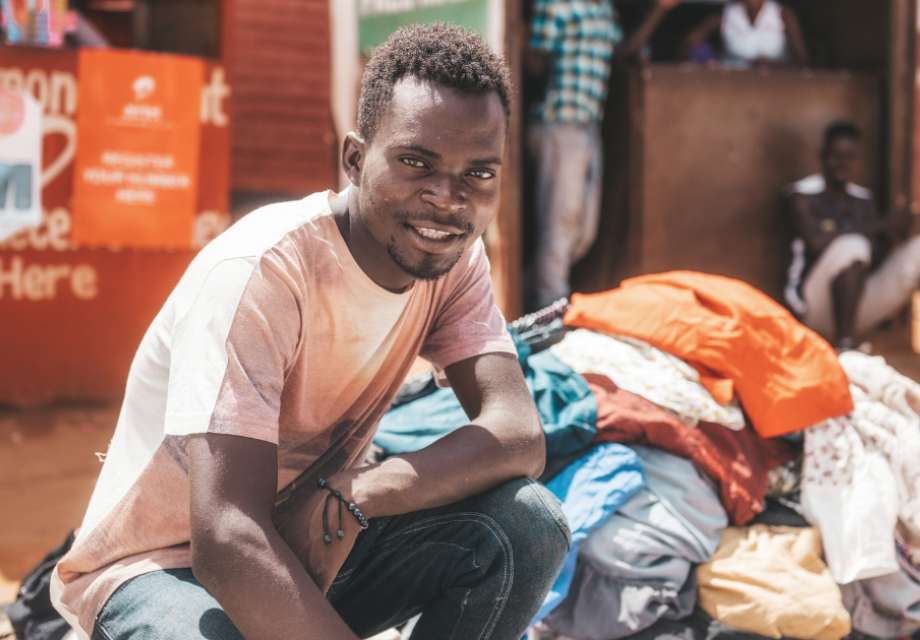Study finds voluntary medical male circumcision continues to be cost effective for HIV prevention
Hester Phillips
05 January 2023
Modelling from sub-Saharan Africa suggests male circumcision should continue for the next five years at least, despite increased access to HIV treatment and PrEP – particularly in places with high incidence
Is voluntary medical male circumcision (VMMC) a cost-effective use of increasingly limited HIV resources? Researchers have assessed the situation in sub-Saharan Africa.
What is the research about?
Using different mathematical models, researchers calculated the effect that two different VMMC policies is likely to have over the next 50 years in sub-Saharan Africa. The first policy is to keep providing VMMC to men (aged 15+) for the next 5 years. The second policy is stop providing VMMC completely.
Researchers used data from settings across sub-Saharan Africa, with a particular focus on Malawi, South Africa and Zimbabwe.
Why is this research important?
Circumcision is estimated to reduce the risk of women passing HIV on to men by around 60%. As a result, 15 African countries have scaled up VMMC since 2011. But antiretroviral treatment (ART) has also been scaled up during this time, and PrEP is fast becoming available. So it is important to understand if VMMC remains a cost-effective way to prevent HIV, particularly as funding is limited.
What did they find out?
Continuing VMMC for the next 5 years is likely to be cost-effective in 68% of the settings assessed, whether these settings have high HIV infection rates or not.
VMMC is likely to be cost-effective in 95% of settings where HIV incidence is high (above 1 per 100 person-years among men). But even where HIV incidence is very low (less than 0·1 per 100 person-years), VMMC is still likely to be cost-effective in 62% of settings.
In South Africa and Malawi, all models found that continuing VMMC for the next five years will not only be cost-effective but cost saving due to the health benefits it brings.
Two mathematical models were used to assess the situation in Zimbabwe. One found that continuing VMMC for the next five years is likely to result in cost savings. But the second model did not find VMMC to be as cost-effective as the first.
If VMMC continues for the next 5 years, up to 12% of HIV infections are likely to be averted in South Africa over a period of 50 years (compared to a scenario in which VMMC is stopped). Continuing VMMC is likely to prevent up to 15% of HIV infections in Malawi and up to 14% in Zimbabwe.
What does this mean for HIV services?
It shows that VMMC is still a cost-effective, often cost-saving, HIV prevention strategy for countries in sub-Saharan Africa and should continue for at least the next five years. This finding can be used to advocate for access to VMMC.
VMMC also has other benefits beyond preventing HIV infections among men. It decreases men’s risk of getting and passing on other sexually transmitted infections (STIs), such as herpes and HPV. VMMC benefits women too: if fewer men get HIV and other STIs then fewer female partners will be exposed. VMMC has also been linked to reductions in cervical cancer rates.
The cost of VMMC does depend on factors like demand and uptake and whether programmes are donor-led. But ultimately, it is a low-cost intervention, and this is the key reason why VMMC remains cost-effective.
Get our news and blogs by email
Keep up-to-date with all our latest news stories and blogs by signing up to the Be in the KNOW news digest.
